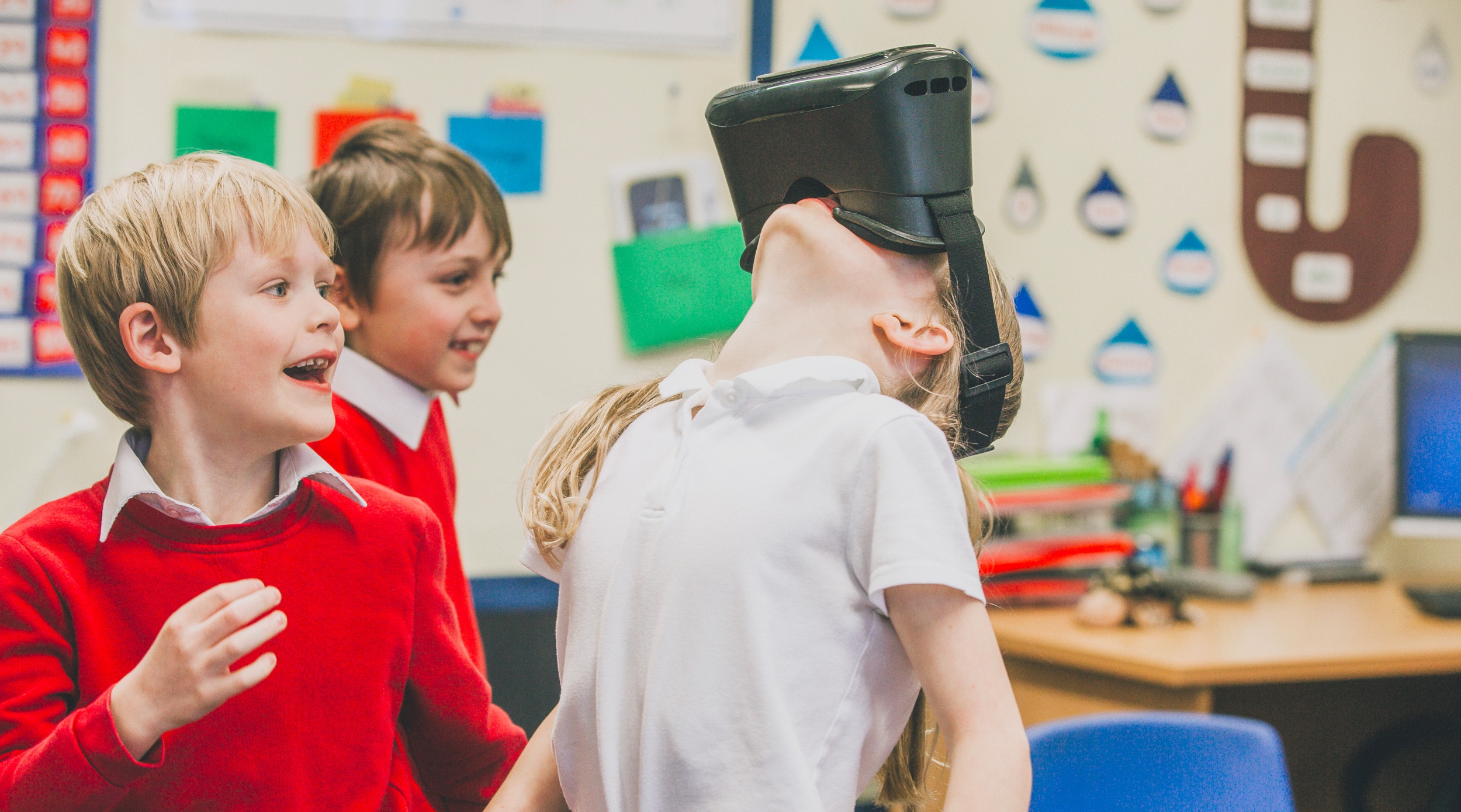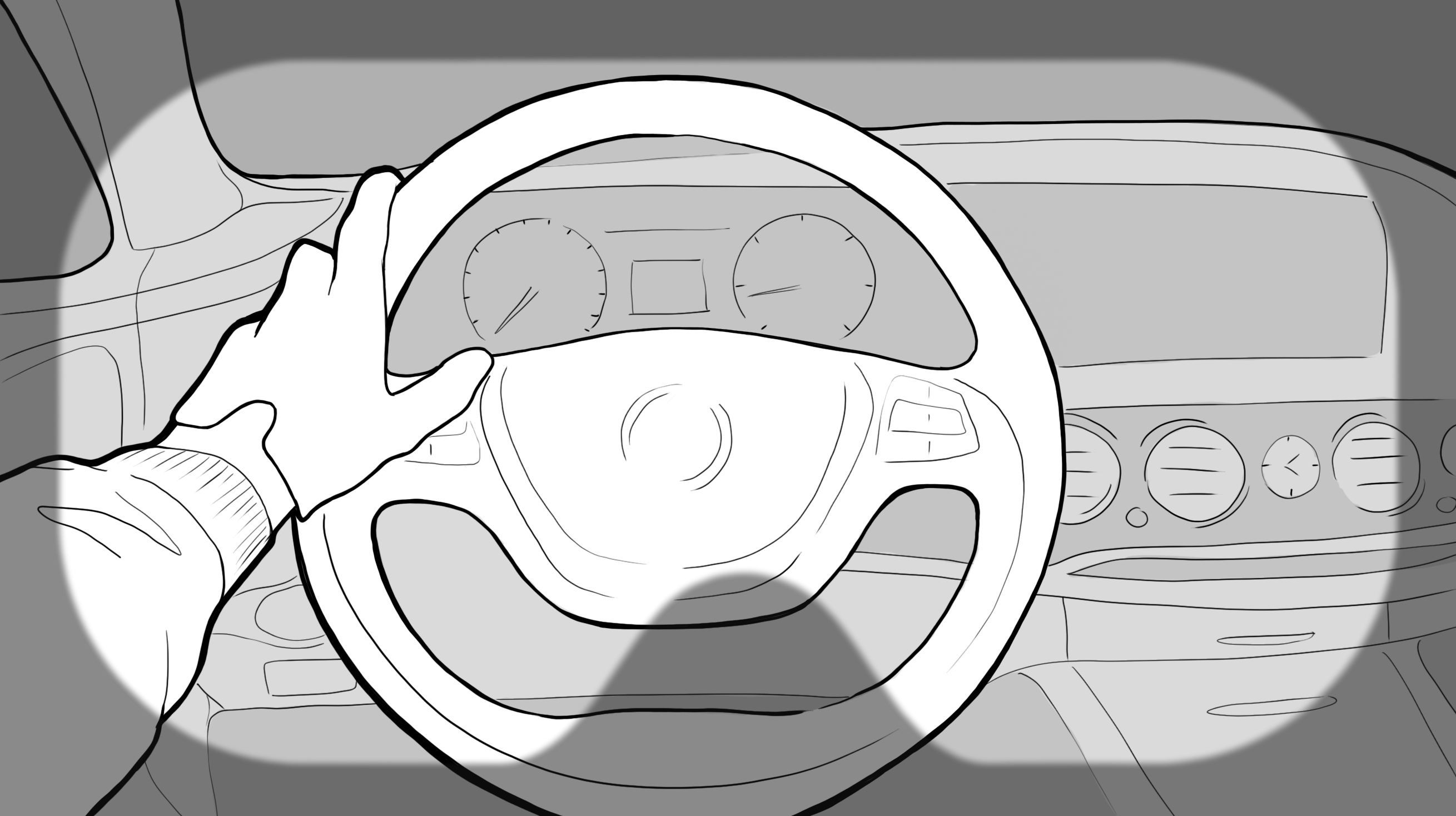Technology
VR changes how we think. Now what?

You’ve probably seen someone with a VR headset jump or lose their balance in reaction to their virtual surroundings. Although it may seem strange to the observer, VR is a highly persuasive medium capable of having a deep impact on the brain. Just how persuasive? VR experiences have the capacity to alter our emotions and behavior well after we unplug.
VR is still an evolving medium, but we know enough about its influence to give us pause. There is an ethical responsibility to explore the impact of VR experiences on users and empower them with awareness and control. Let’s look at how VR influences emotions, perceptions of self and behavior – and what we can do to support users along the way.
Emotions transcend the virtual
Social interactions in VR aren’t constrained to the hardware. Not only are the thoughts and emotions that bubble up during VR experiences genuine, we bring them back into the physical world with us long after the headset is gone. They affect us just as much as an in-person interaction, giving the emotions we feel in VR the healing power of a trusted friendship or the psychological stress of a bully.
The 360-degree short film Clouds Over Sidra is a compelling example. The video captures the perspective of a 12-year-old Syrian girl living in a refugee camp with thousands of others. As a viewer, you become fully immersed in her world – making eye contact with others in the camp, who in turn react to your presence. The experience often triggers emotions as if you were physically there. In fact, the same mirror neurons fire when we perform an action ourselves as when we observe someone else perform the same action. This makes VR experiences a powerful way to build empathy.

Of course, social interactions are far too often negative. I hadn’t considered the significance of bullying or abuse in VR until reading about one woman’s experience in a multiplayer game. Despite having the same non-gendered avatar body as other players, the author’s partner in the game mission recognized her female voice and proceeded to grab and pinch where her chest would be, virtually groping her. Although it didn’t look or physically feel like assault, remember the mirror neurons. Our brains can’t tell the difference. VR bullying and abuse have real, emotional repercussions.
How do we give users the opportunity to experience the emotional benefits of VR while protecting them from abuse? A good first step is to give victims the tools to protect themselves, such as the ability to evade and block other users. Platforms could require persistent bullies to undergo empathy training in VR, as well. Massachusetts preparatory school the Concord Academy created a VR project specifically to combat bullying. Users experience a bullying incident from multiple points of view: as a bystander, victim and perpetrator. In this way, VR can help people understand one another on a deeper level and decrease abusive behavior in the virtual and real world.
Avatars impact perceptions of self
Ever wondered what it would feel like to live in someone else’s body? Taking on a virtual avatar may be the closest comparison. Research shows that inhabiting a virtual avatar alters your sense of self as well as your capabilities in the real world.
When our brains receive sensory, visual and perceptive feedback that align, it can be fooled into feeling ownership over another body. Several studies have demonstrated this body transfer illusion, notably the rubber hand experiment. In this investigation, participants hid one hand out of sight and a realistic, synthetic hand was put in front of them. Both real and artificial hands were stroked simultaneously. When later told to point to their other hand, participants reflexively pointed to the rubber hand rather than their actual, physical hand. The effects of body transfer illusion are even more powerful in VR. Another study gave participants VR avatars and then introduced physical threats in the VR environment. Not only did participants’ heart rates change in reaction to the perceived threat, they later reported feeling significant ownership over their avatar body.

Creating an illusion of body transfer can have great benefits, especially in training for dangerous or high-stakes situations. Virtual experiences trigger genuine emotional and physical reactions in users, making it a great tool for learning, confidence-building and communication. For example, a surgeon can practice open-heart surgery in VR and later use that retained muscle memory and visual feedback to perform the operation on a patient with confidence.
Creators of VR need to be aware of how much a user should embrace their virtual avatar. For example, individuals with avatars entering a high-stress situation should mentally prepare for the task ahead in the same way they would if performing it in the physical world. Depending on the application, it may be necessary to integrate environmental elements that remind the user of the virtual nature of their world. To prevent desensitizing a user playing violent video games, for example, VR could introduce a transition where the user “puts on” the avatar body, or crosses over a bridge or gateway into the virtual world. This helps compartmentalize where violence is acceptable and where it is not. In a VR application that is meant to be therapeutic or empathy building, a grounding element may detract from the experience. In this scenario, the user benefits from the long-term impact of fully embracing their VR avatar and experience as their own.
Immersive experiences influence behavior
Imagine waking up to a flashy new sports car in your driveway. You get inside the vehicle for a virtual test drive, and your avatar is wearing swanky driving gloves. You’re really starting to feel like a luxury car owner now – the only thing left to do is sign your name on the purchase contract. Do you do it? Your decision might surprise you.

Studies show that VR experiences influence behavior and decision-making. Consider one study that gave participants avatars resembling aged versions of themselves. When interacting as their older avatars, participants were more likely to sacrifice immediate financial rewards for long-term benefits. Researchers concluded this experience opened up cognitive channels that increased real-world interest in saving for retirement. Another study gave participants VR avatars of differing heights and asked them to participate in negotiation exercises. Those with taller avatars behaved more confidently and negotiated more aggressively.
The heightened ability to persuade and influence decisions in VR makes it a powerful way to deliver advertising. Although there can be benefits – such as a higher fidelity means to test and better understand products – it can be difficult to identify where the environment ends, and advertising begins. The immersive nature of VR could lead users to lose control and make decisions that they wouldn’t in the real world.
Users should be able to recognize behavioral influencers like advertisements and have the opportunity to opt in or out. An ad callout and different visual treatments can help users distinguish promotions from other content. Furthermore, advertisements should take up no more than 20 percent of a user’s field of view to protect the user experience. Companies are starting to adopt policies and limits to VR advertising. For example, Unity – a VR development company – has an immersive advertising product called Virtual Room that requires users to opt in to see branded content. Their VR advertisements display for no more than two minutes each hour.
Power and peril
VR is still a “wild west” of sorts. Immersive virtual experiences, the role they play in our lives and the policies that govern them are evolving. It’s clear, however, that VR experiences have a tangible emotional, cognitive and behavioral impact on users. And the impact carries over into the real world.
For creators, this means the stakes are higher in VR than other digital mediums. We have the opportunity to help users harness the power of VR experiences while protecting them from harm. I believe that starts by creating VR experiences with a thoughtful, research-driven approach and ensuring users have awareness and control throughout their virtual experience. As designers, developers and even advertisers, it’s important to approach the VR medium with caution and remember to consider the full impact of VR experiences: who benefits, as well as who “pays.”


